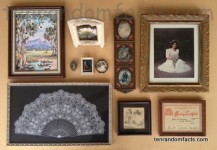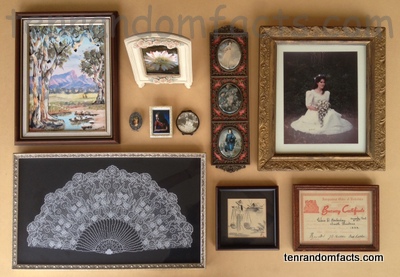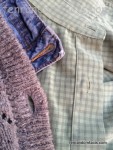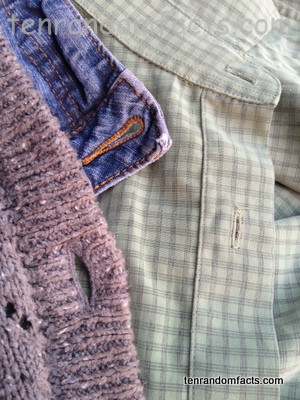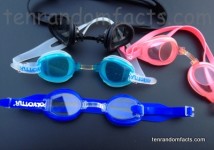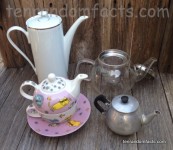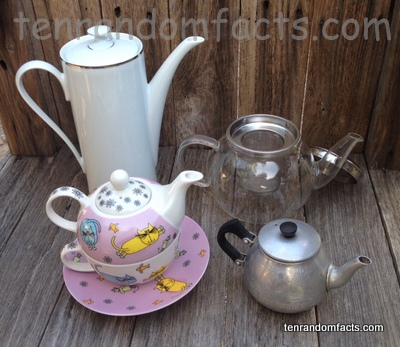
“Take a deep breath” – Skype
- Skype is a software application that allows for VoIP (Voice over Internet Protocol), video calling and instant messaging, as well as file distribution, using an internet connection, and other services are also offered.
- The name ‘Skype’ was originally ‘Skyper’, as an abbreviation of ‘Sky peer-to-peer’, the communication network system that was originally used, and the name was shortened further so a domain name could be secured.
- Most smart phones, Windows, Linux, Mac, Playstation and Xbox platforms can all utilise a version of Skype.
- Niklas Zennstrum and Jenus Friss, from Sweden and Denmark respectively, along with programmers from Estonia, produced the peer-to-peer file sharing program that eventually became Skype, although Kazaa, a program that enabled people to share video and music, was its doomed predecessor.
- In 2003, Skype was launched for public use and by the end of 2005, it had 74.7 million people registered, which increased to more than 660 million registered users in 2011, while in 2013, it reached a record high of 70 million concurrent users.
Skype Logo
Image courtesy of Skype
- Some of the original technology and programs used in Skype were initially designed in 1999 for Tele2, a telecommunications company in Sweden, under the instruction of Niklas Zennström and Janus Friis, however the project was not successful.
- Skype was sold to eBay in late 2005, and was eventually taken over by Microsoft in 2011 at a price of $8.5 billion.
- Skype is particularly useful for meetings, remote education and personal communication purposes, and in 2015 it was able to used in a total of 38 languages.
- The security level of Skype is controversial, as although calls and messages are encrypted, it has been revealed that some authorities have the ability to monitor conversations.
- Group calls are a free service now offered by Skype, while calling landlines and mobile phones through the system, typically incurs a fee.
Bibliography:
Decker F, Who Invented Skype?, 2015, eHow, http://www.ehow.com/facts_5125753_invented-skype.html
Skype, 2015, Wikipedia, https://en.wikipedia.org/wiki/Skype
Think Skype is safe? Think again, 2013, Akademie, http://akademie.dw.de/digitalsafety/think-skype-is-safe-think-again/






